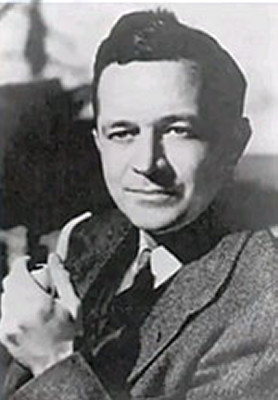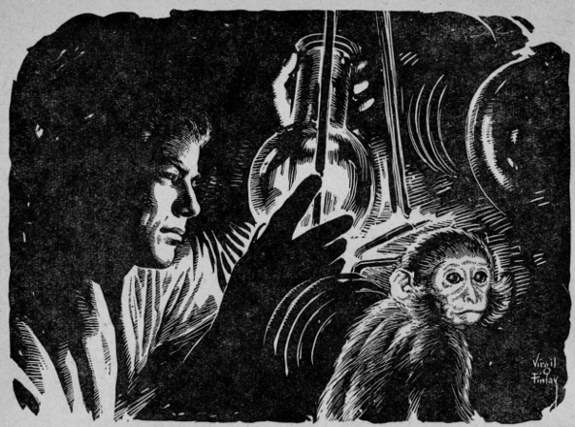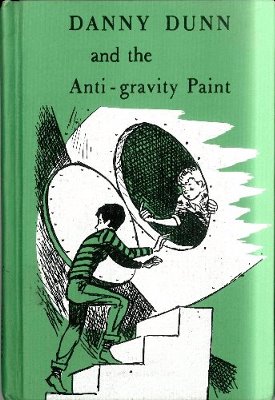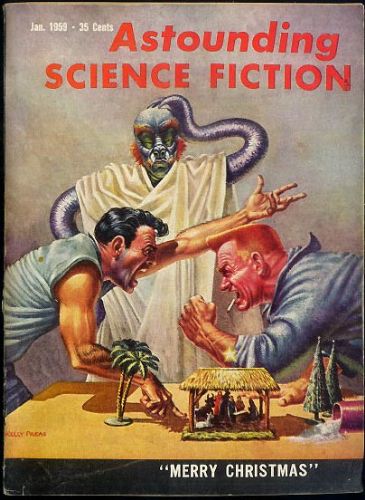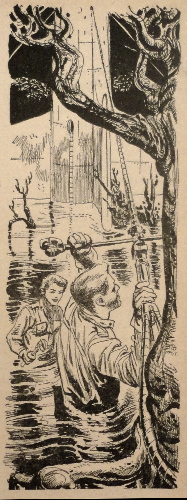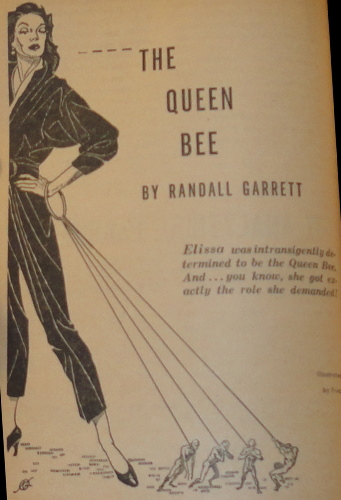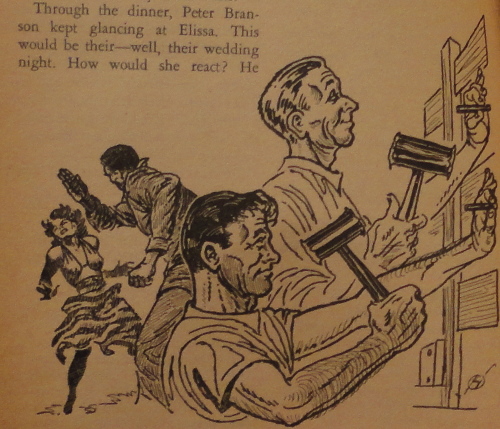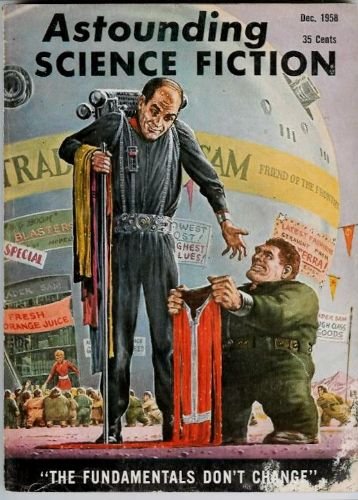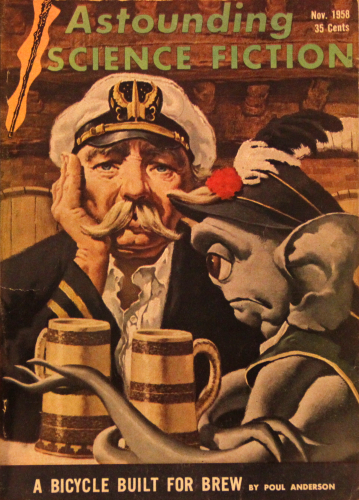It's Astounding time again!

One thing I like about Astounding is that editor John Campbell publishes the results of his reader surveys in the magazine's "Analytical Laboratory." Thus, he (and we) can all see what the reading faithful think of the prior issue's stories. Of course, while the technique can be good at better-pleasing your audience, it also runs the risk of specializing oneself into oblivion. After all, the percentage of your readership who will respond to a reader survey is generally a minority, and often a quirky one at that. Appealing to your die-hard fans may please them (if they can be pleased at all), but may also narrow the potential audience.
In other words, one picks up Astounding because one knows what to expect. One avoids it because one knows what's in it and doesn't want it. The feedback loop between conservative fan and conservative editor potentially leads to ossified content. Perhaps it's no surprise that Astounding is the most conservative of "the Big Three," particularly in its outlook on other cultures and on the portrayal of women.
That said, let's see how the opinions of the readers of Astounding compare to those I've published earlier in this column. The results, and the lessons Campbell learns from them, are interesting.
For the November 1958 issue:
Stimulus, by Andrew Salmond, came far away in first place.
Unhuman Sacrifice by Katherine MacLean, was number two, followed closely by
Part One of A Bicycle Built for Brew by Poul Anderson.
Goliath and the Beanstalk, by Chris Anvil, came in fourth.
Gifts, by Gordy Dickson, was number five.
This is interesting. I thought the MacLean was a clear number 1, Salmond's piece being just all-right. On the other hand, the latter three were so minor (not exactly bad, just utterly mediocre), that I'm not surprised they competed for last place.
So far, so good.
For the December 1958 issue:
It was clear the fans had trouble picking a favorite given the scores. Either they were disappointed with the magazine or they loved them all equally. Campbell's commentary (more on that below) suggests the former.
Part Two of A Bicycle Built for Brew straggled to the top of the charts.
The Queen Bee, by Randall Garrett, possibly the most offensive story I have read in Astounding, came in second.
Ministry of Disturbance, by H. Beam Piper, was number three.
Triggerman, by R.T. Bone was a solid fourth.
Seller's Market by Chris Anvil was a clear fifth.
Mack Reynold's Pieces of the Game didn't even make the chart, even though I thought it was decent. I quite enjoyed Ministry of Disturbance and Triggerman. Seller's Market wasn't great, but it was surely better than the drek voted #1 and #2.
Campbell describes Queen Bee as "humor" along with Ministry of Disturbance, Triggerman and A Bicycle Built for Brew. He wonders aloud if the comedic content of these stories resulted in their lower rating (with the exception of Queen Bee, which did well). Of course, Bicycle finished strongly in the ratings. Campbell wonders if comedy serials just take time to win over their audience.
Campbell also calls Queen Bee a "strong story." I suppose editors must love their children universally, so I wouldn't expect him to publicly denounce Garrett's atrocity. That said, it certainly seems like Queen Bee is the kind of story Campbell wants in his magazine and, moreover, it's the kind of story his readers (at least the ones who fill out the cards) want in his magazine.
Which means, I suppose, we all have much more of the same to look forward to. Unless Campbell decides that "humor" doesn't sell.
(Confused? Click here for an explanation as to what's really going on)
This entry was originally posted at Dreamwidth, where it has comments. Please comment here or there.

